Harold Christopher Burger
Christian J. Schuler
Stefan Harmeling
Proc. IEEE International Conference on Computer Vision and Pattern Recognition 2012
Image denoising can be described as the problem of mapping from a noisy image to a noise-free image. The best currently available denoising methods approximate this mapping with cleverly engineered algorithms. In this work we attempt to learn this mapping directly with a plain multi layer perceptron (MLP) applied to image patches. While this has been done before, we will show that by training on large image databases we are able to compete with the current state-of-the-art image denoising methods. Furthermore, our approach is easily adapted to less extensively studied types of noise (by merely exchanging the training data), for which we achieve excellent results as well.
Paper (pdf) 2MB
Supplementary material (pdf) 30MB
Matlab toolbox (zip) 51MB
• Standard test images
The following results were obtained for σ=25 and can be reproduced using our Matlab toolbox.
| GSM [1] | KSVD [2] | EPLL [3] | BM3D [4] | NLSC [5] | MLP (us) | |
| Barbara | 27.83 | 29.49 | 28.52 | 30.67 | 30.50 | 29.21 |
| Boat | 29.29 | 29.24 | 29.64 | 29.86 | 29.86 | 29.89 |
| Cameraman | 28.64 | 28.64 | 29.18 | 29.40 | 29.46 | 29.32 |
| Couple | 28.94 | 28.87 | 29.45 | 29.68 | 29.63 | 29.70 |
| Fingerprint | 27.13 | 27.24 | 27.11 | 27.72 | 27.63 | 27.50 |
| Hill | 29.26 | 29.20 | 29.57 | 29.81 | 29.80 | 29.82 |
| House | 31.60 | 32.08 | 32.07 | 32.92 | 33.08 | 32.50 |
| Lena | 31.25 | 31.30 | 31.59 | 32.04 | 31.87 | 32.12 |
| Man | 29.16 | 29.08 | 29.58 | 29.58 | 29.62 | 29.81 |
| Montage | 30.73 | 30.91 | 31.18 | 32.24 | 32.15 | 31.85 |
| Peppers | 29.49 | 29.69 | 30.08 | 30.18 | 30.27 | 30.25 |
• Larger test sets
The following results were obtained for σ=25 on 500 images from
the McGill dataset
(list of file names)
and the VOC test set (2007)
(list of file names).
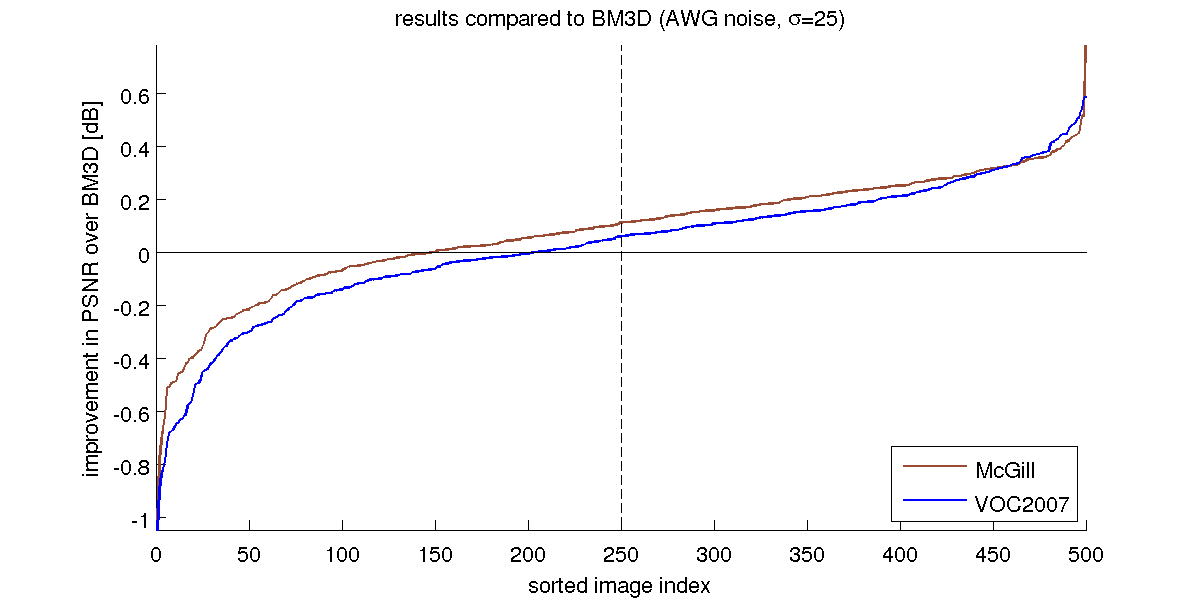
• Examples
|
Our approach outperforms BM3D In this image, the sky is somewhat smoother with our approach than with BM3D. The shape of the bird is also recovered somewhat better using our approach. Hover over the thumbnails to enlarge. |
|||
|
clean. Dataset: VOC. Filename: 004513
|
|||
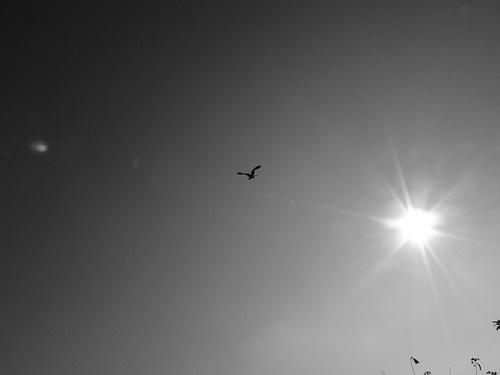
|
|||

|
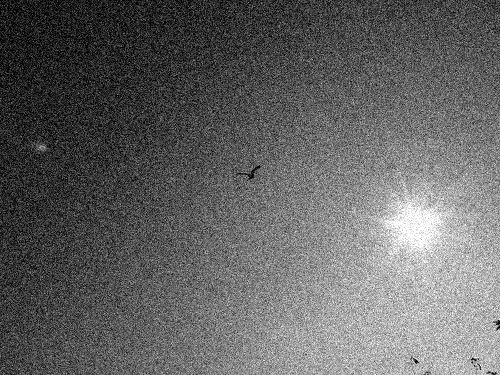
|
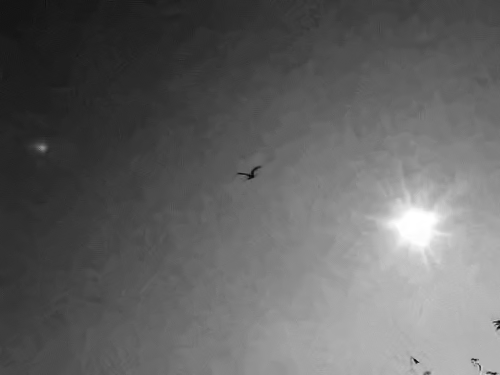
|
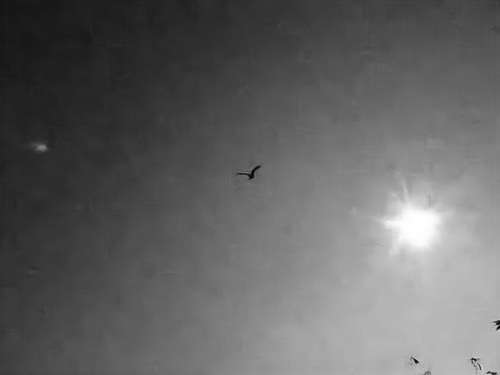
|
| clean | noisy | BM3D | MLP (us) |
|
Our approach outperforms BM3D In this image, the grass is somewhat better recovered by our approach than by BM3D. The birds also look slightly better with our approach. Hover over the thumbnails to enlarge. |
|||
|
clean. Dataset: VOC. Filename: 003402
|
|||
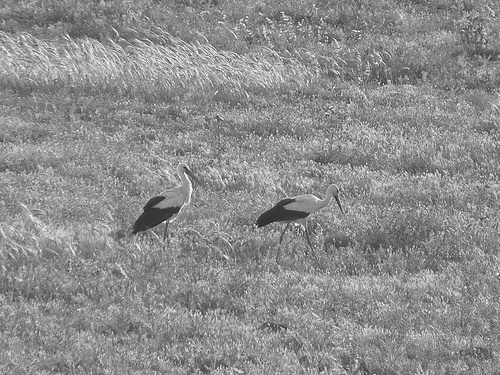
|
|||

|
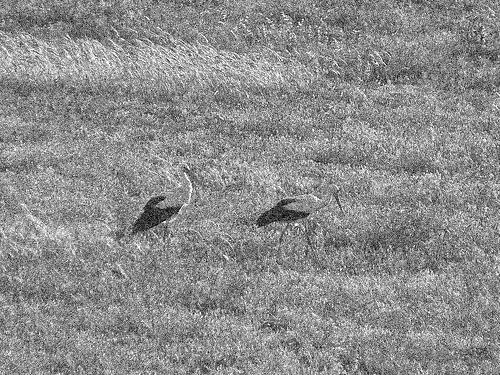
|
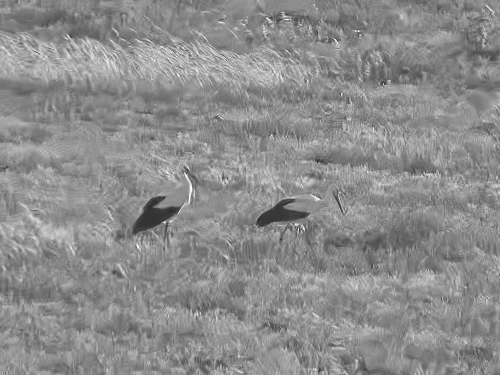
|
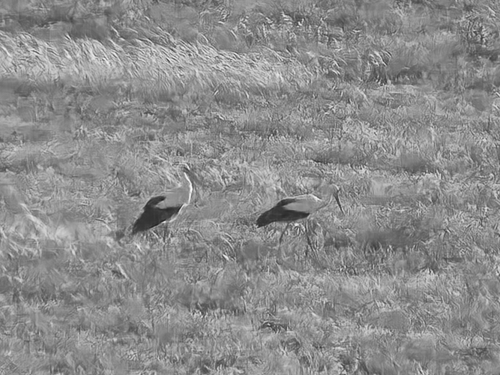
|
| clean | noisy | BM3D | MLP (us) |
|
Our approach outperforms BM3D In this image, the grass is better recovered using our approach than with BM3D. This is especially noticeable in the lower-left corner of the image. Hover over the thumbnails to enlarge. |
clean. Dataset: VOC. Filename: 005617
|
||
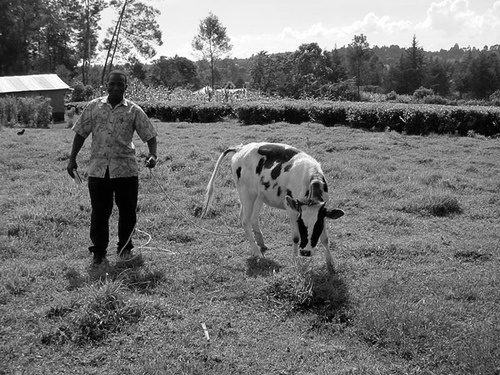
|
|||

|
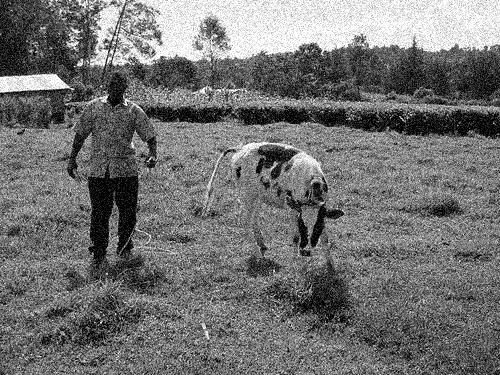
|
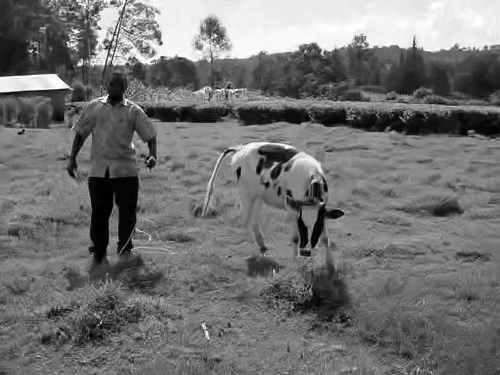
|
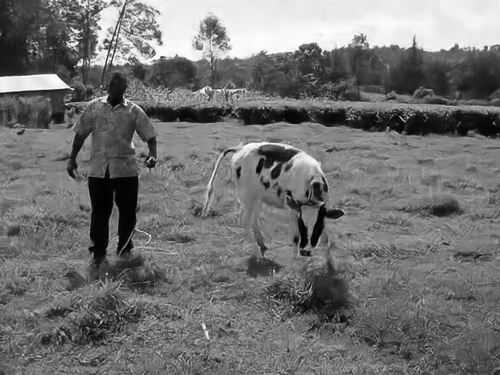
|
| clean | noisy | BM3D | MLP (us) |
|
BM3D outperforms our approach In this image, BM3D is better than our approach at recovering the regular structure of the backrest. However, our appraoch better recovers the faces of the children. Hover over the thumbnails to enlarge. |
clean. Dataset: VOC. Filename: 007043
|
||
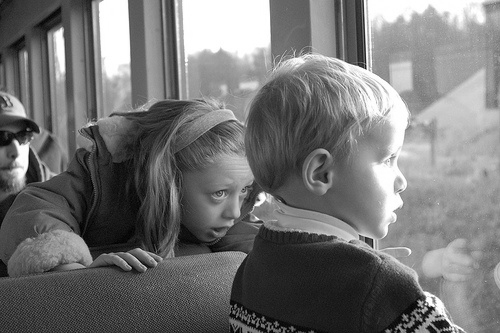
|
|||

|
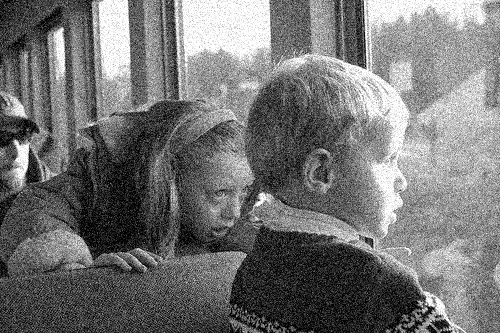
|
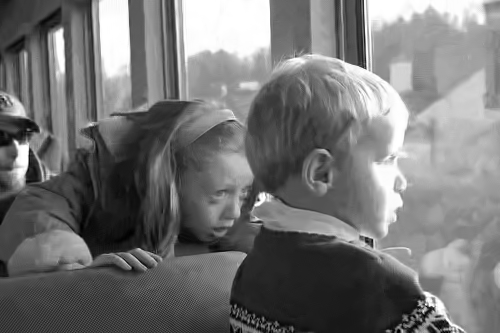
|
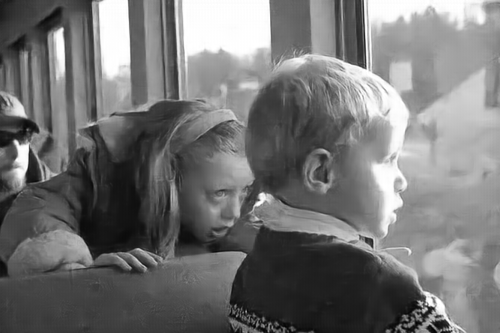
|
| clean | noisy | BM3D | MLP (us) |
|
BM3D outperforms our approach In this image, BM3D is better than our approach at recovering the regular structure of the chair. Hover over the thumbnails to enlarge. |
|||
|
clean. Dataset: VOC. Filename: 008600
|
|||
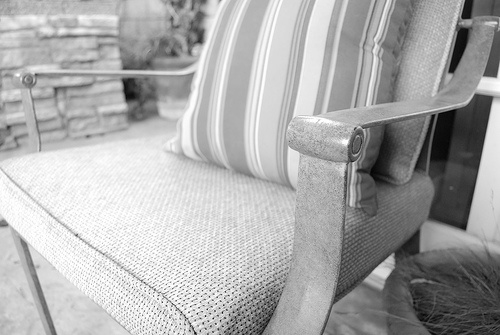
|
|||

|
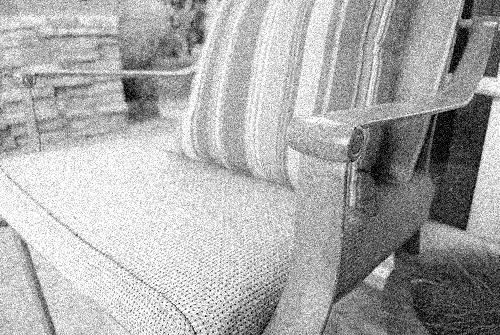
|
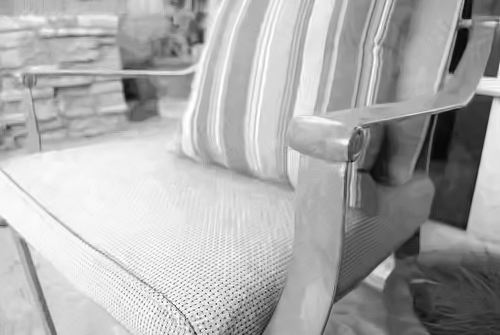
|
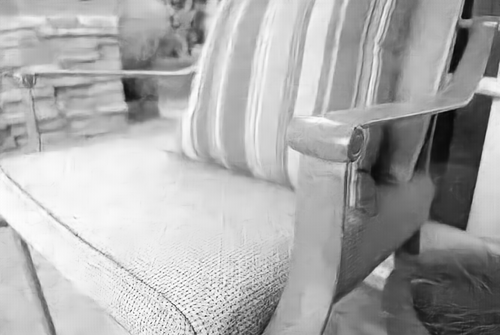
|
| clean | noisy | BM3D | MLP (us) |
[1] J. Portilla, V. Strela, M. Wainwright, and E. Simoncelli. Image denoising using scale mixtures of Gaussians in the wavelet domain. IEEE Transactions on Image Processing, 2003.
[2] M. Aharon, M. Elad, and A. Bruckstein. K-svd: An algorithm for designing overcomplete dictionaries for sparse representation. IEEE Transactions on Signal Processing, 2006.
[3] Zoran, D. and Weiss, Y. From learning models of natural image patches to whole image restoration. IEEE International Conference on Computer Vision, 2011.
[4] K. Dabov, A. Foi, V. Katkovnik, and K. Egiazarian. Image denoising by sparse 3-D transform-domain collaborative filtering. IEEE Transactions on Image Processing, 2007.
[5] Mairal, J. and Bach, F. and Ponce, J. and Sapiro, G. and Zisserman, A. Non-local sparse models for image restoration. IEEE International Conference on Computer Vision, 2009.